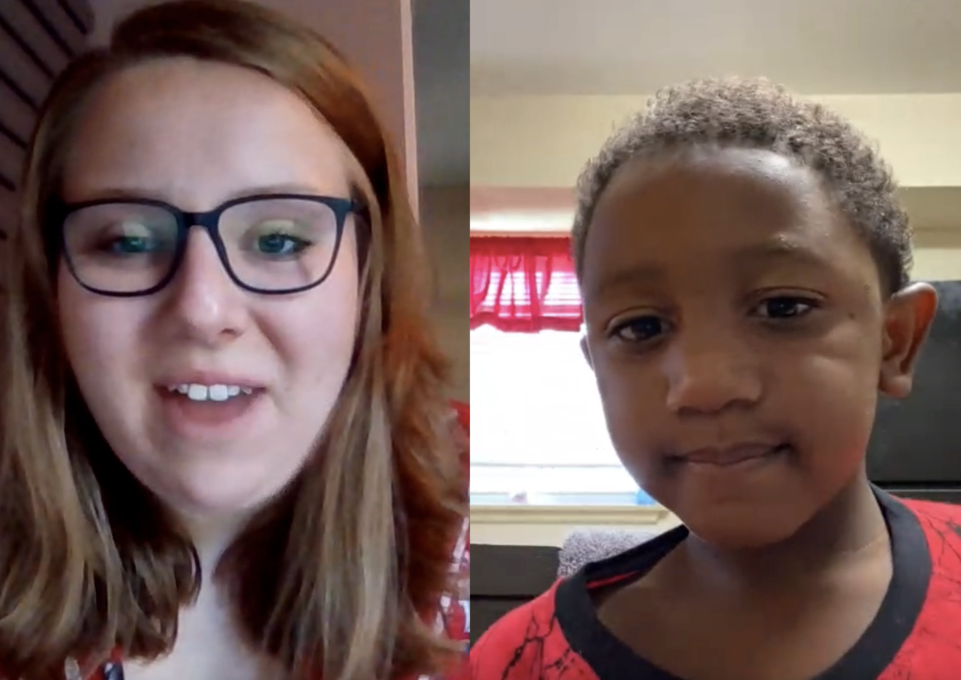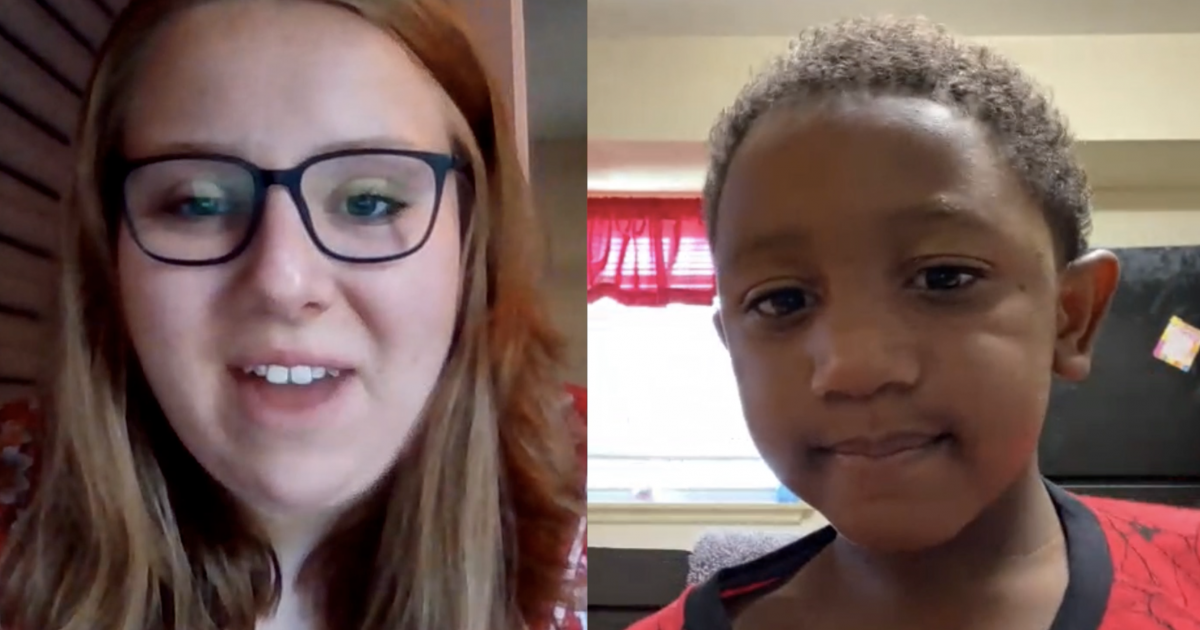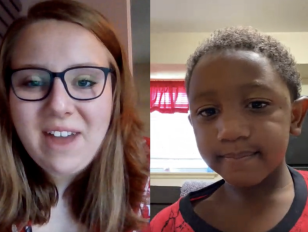
When the coronavirus pandemic hit the region last March, Buffalo State College’s Speech-Language-Hearing Clinic had to halt in-person appointments with clients who are dealing with a range of speech, language, and hearing disorders.
In order to deliver the vital services the community has relied on for more than 60 years and ensure that second-year graduate students in the Speech-Language Pathology Department completed their required training, clinical faculty members quickly switched to remote instruction. They designed a five-week online training program for all 57 students that kicked off June 29, and supervised students as they provided virtual therapeutic assessment and treatment sessions in the community. And this fall, thanks to the summer training, graduate students provided speech-language therapy sessions in the local schools.
Using an online library of simulated cases, students were able to assess needs, complete diagnostic findings, make recommendations, and provide intervention for virtual clients.
“This shift ensured student safety and allowed our second-year graduate students to earn the required 400 clinical hours and experiences needed to graduate,” said Sara Mann Kahris, graduate program director. “Students rose to the challenge and quickly became adept at analyzing simulated cases.”
Students addressed problems such as speech sound production, expressive language, language-literacy skills, stuttering, auditory processing skills, and cognitive skills. Clinical faculty members provided feedback and assessed each case to ensure that students gained clinical skills and a variety of experiences to prepare them for working with real clients.
“Not only were we able to address our clients’ goals online, but we were also able to see the creative ways our students reimagined therapy activities for a virtual platform.”
Under the supervision of SLP clinical faculty, students then spent the five following weeks providing therapeutic assessment and treatment via Microsoft Teams to 40 Western New York residents ranging in age from 3 to 75 in a variety of locations.
“We remoted into private homes, a group home, a supported-living apartment, and even a camper,” Mann Kahris said.
One client with a hearing impairment was able to participate in group sessions while quarantining with her parents.
“My clinicians did a great job,” the client said. “It was hard not to be face-to-face because of my hearing loss, but they spoke louder, used good eye contact, and prepared me for my group lessons.”
Some of the students worked in pairs, which SLP graduate student Jen Cooperdock noted was hugely beneficial.
“Until that point, I hadn’t had much opportunity to observe any of my peers,” Cooperdock said. “Being able to see all the things that my classmate did during therapy allowed me another perspective. I saw his organization of materials, the type of activities he chose, as well as the way he interacted with our clients. Sometimes, it takes seeing someone else do the very thing you are doing but in a different way for that lightbulb to go off in your head.”
“The success of our summer telepractice was beyond what I had imagined,” said Terri Cinotti, clinical supervisor. “Not only were we able to address our clients’ goals online, but we were also able to see the creative ways our students reimagined therapy activities for a virtual platform.”
During the fall semester, second-year students completed their teaching requirements in local schools, both remotely and in person. Their site supervisors reported that they were thrilled to welcome them with the telepractice experience they had gained over the summer, Mann Kahris said.
“I am so impressed with [SLP students] Jen and Anna. They have gone above and beyond, with jumping right into therapy and their therapy planning,” said Becca Embree, speech-language pathologist with the West Seneca Central Schools. “My staff and families have been giving many compliments to both ladies about their professionalism and engagement with the students.”
Overall, it was a win for clients and students alike. In spite of the challenges, students found ways to continue to deliver effective, much-needed services to the communities they serve.
“By all accounts,” Mann Karis said, “it was quite a success.”
Pictured top: Speech-language pathology student Brittany McArdle meets virtually with a young client.
Photo courtesy of the Buffalo State College Speech-Language-Hearing Clinic.



